Are you experiencing the “CTF Loader” error on Windows? Here’s everything you need to know about the process and the most effective fixes.
The Windows interface may seem simple and straightforward, but it is a complex operating system. There are a multitude of processes running in the background, the Collaborative Translation Framework (CTF) being one of them. When this process encounters a problem, you encounter the “CTF Loader” error. In the following sections, we will talk about the CTF loader process and explain the fixes for the “CTF Loader” error.
What is the CTF loading process?
CTF is a process to manage and support handwriting, speech recognition, and other input methods in Microsoft Office. The process can be found running in “Task Manager” as “while you are working on Microsft Office.” It does not consume a lot of resources, but often malware or viruses can mask itself as a “CTF Loader” process and severely affect your system performance.
To check if it is malware, check to see if the process is running even when you are not running an app that depends on it. If so, run a full system scan to identify the malware and neutralize it.
What leads to CTF loader error?
The CTF loader tends to just run in the background without slowing down the system. However, many users reported that they encountered errors with the process. This could be due to one of the following issues.
- Windows in conflict with the operation of the process
- Problems with input or language packs
- Incorrect installation of Microsoft Office
- System infected with malware or virus
Now that we know all about the ‘CTF Loader’ process, the issues that lead to the error, it’s time to move on to the fixes.
1. Run a full system scan
If it is malware or a virus causing the error, a scan will identify it and fix the error. You can either use the “Windows Security” application or a third-party antivirus for the job. We will be using ‘Windows Security’ because it is built into Windows and offers protection against all kinds of malware.
To run a “full scan,” search for “Windows Security” in the “Start Menu,” then launch the application by clicking the corresponding search result.
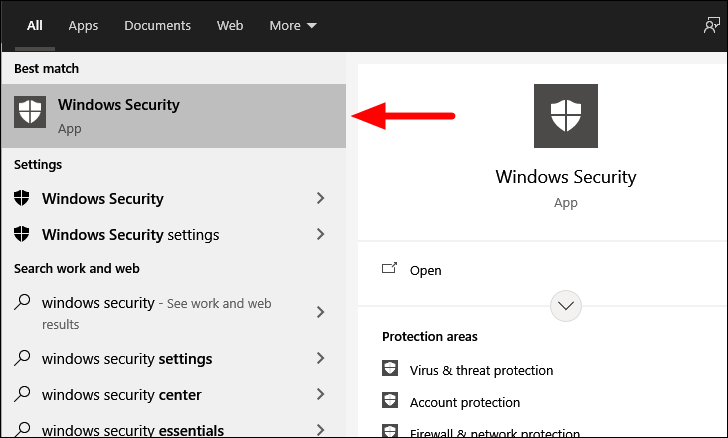
In the “Windows Security” application, click on the “Virus and Threat Protection” option.
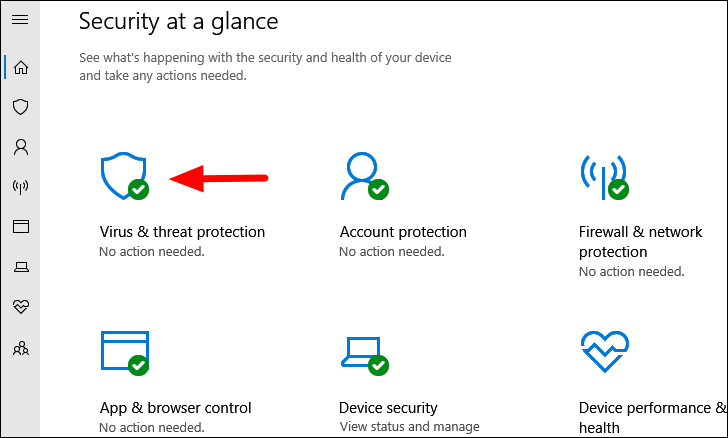
Now locate “Scan Options” and click on it to view other options you have to scan for malware on the computer.
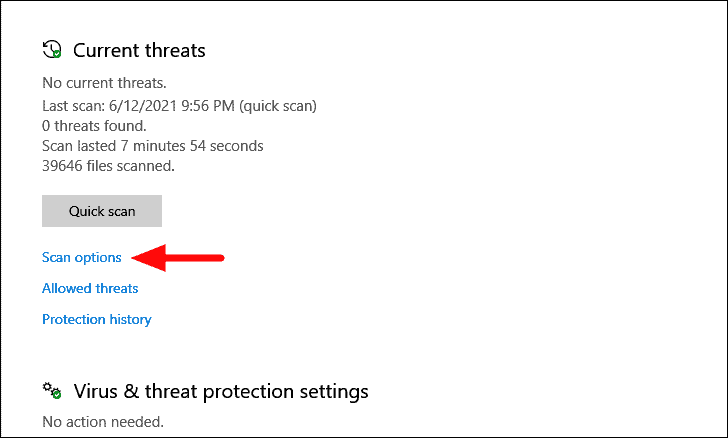
Next, check the “Full scan” box and click “Scan now” at the bottom.
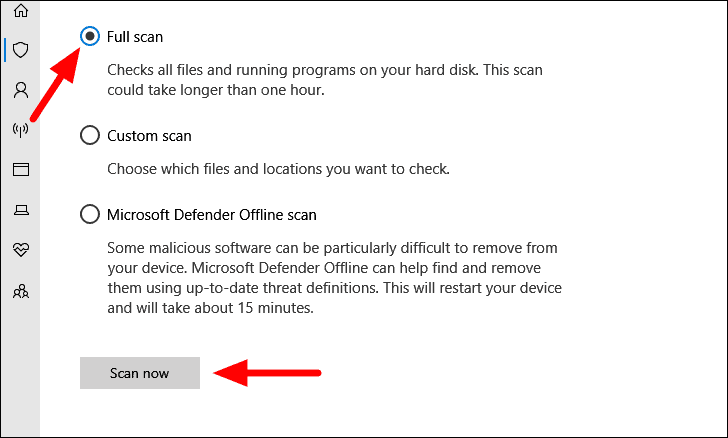
The scan will start shortly thereafter and will take some time depending on the system storage and the threats identified. You can continue to work on the computer while the scan is running in the background. Once it is complete, you will be notified of all threats that have been identified and actions taken. Now check if you are still having errors with the ‘CTF Loader’ process.
2. Deactivate the “Touch keyboard and handwriting panel” service.
If you are using the physical keyboard for typing, you can deactivate the “Touch Keyboard and Handwriting Panel” service. This service is beneficial for those who use the touch keyboard on handwriting panels on tablets as a means of input. If you don’t use one or the other, disabling it shouldn’t hurt, but it might instead fix the ‘CTF Loader’ error.
To deactivate the “Touch Keyboard and Handwriting Panel” service, search for the “Services” application in the “Start Menu” and then click on the corresponding search result to launch the application.
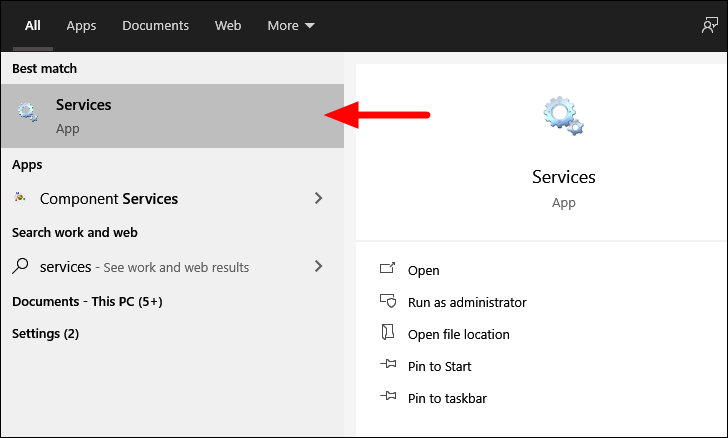
In the ‘Services’ app, scroll down and locate the ‘Touch Keyboard and Handwriting Panel’ service. Then double-click on it to launch the “Properties” of the service.
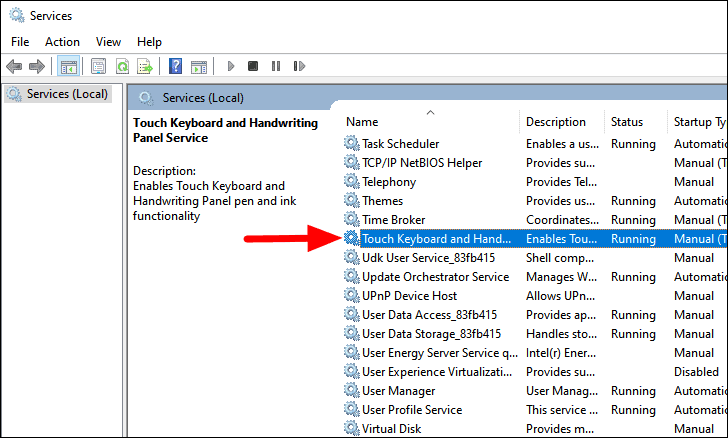
In the “General” tab of “Properties”, click the drop-down menu next to “Startup type” and select “Disabled” from the list.
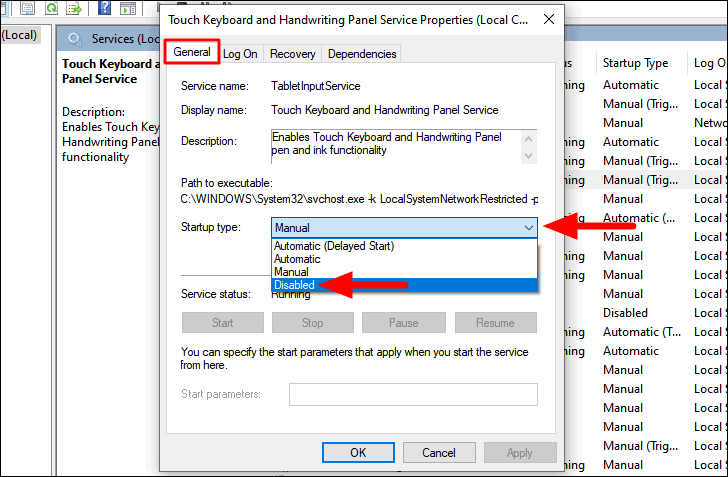
Finally, click “OK” at the bottom to save the changes.
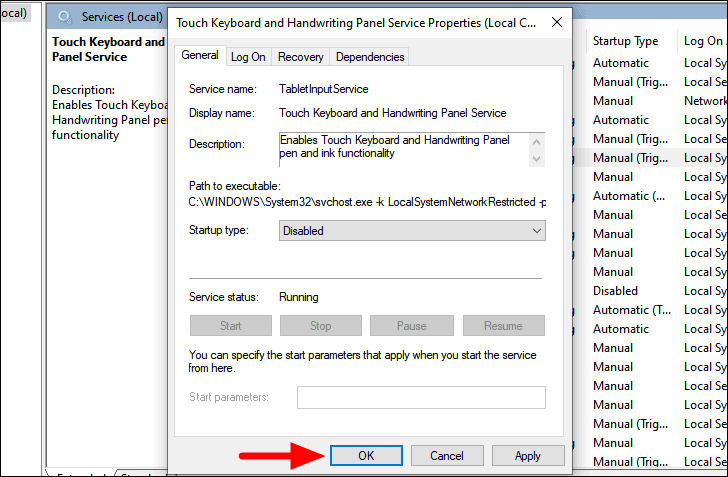
After disabling the service, restart the computer and check if the error is corrected. Otherwise, go to the next fix.
To note: If disabling the “Touch Keyboard and Handwriting Panel” service does not resolve the error and you experience other problems, re-enable it by selecting the option initially set in the “Startup Type” setting.
3. Manage the CTF loader with the task scheduler
If you are not in favor of deactivating the service, you still have the option to schedule the start of the service with the “Task Scheduler”.
To manage CTF Loader with “Task Scheduler”, find the application in the “Start Menu” and click on the corresponding search result to launch it.
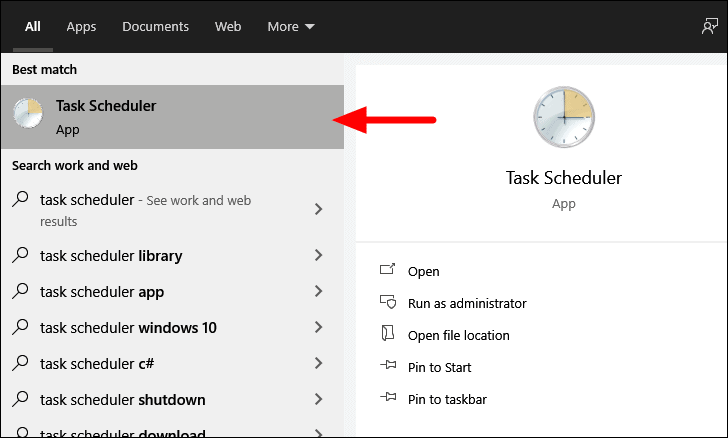
In the ‘Task Scheduler’ window, double-click on ‘Task Scheduler Library’ then on ‘Microsoft’.
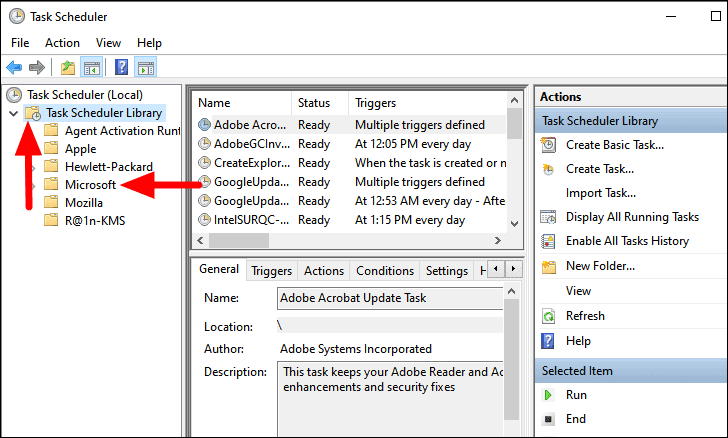
Then double click on the ‘Windows’ option in the list that appears.
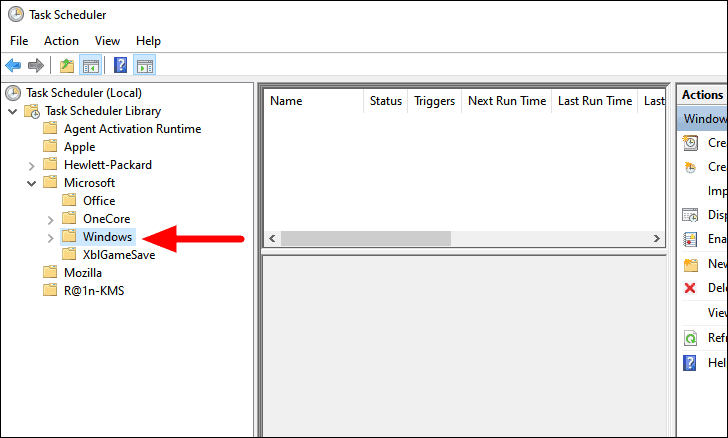
Now scroll down and find the ‘TextServicesFramework’ option. After locating it, select the option, right click “MsCtfMonitor” on the right, then select “Disable” from the context menu.
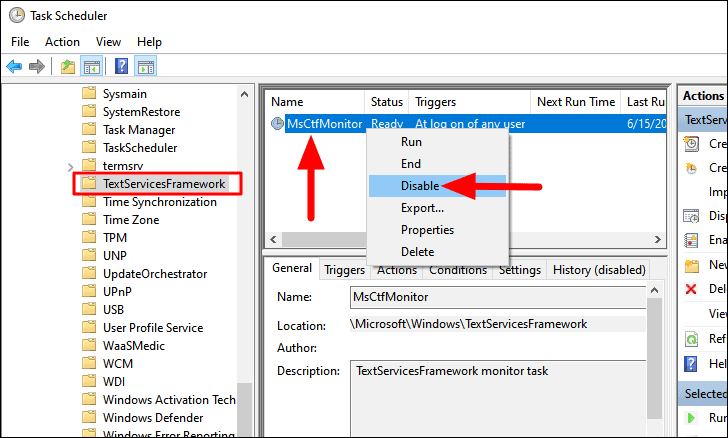
Now check if you are still getting the ‘CTF Loader’ error.
4. Delete the CTF executable files
If you frequently encounter the “CTF Loader” error, you always have the option of completely removing the associated executable files. However, it can affect handwriting and speech recognition functionality on apps that depend on it.
To remove executable files, search for “File Explorer” in the “Start Menu” and then click the corresponding search result to launch the application.
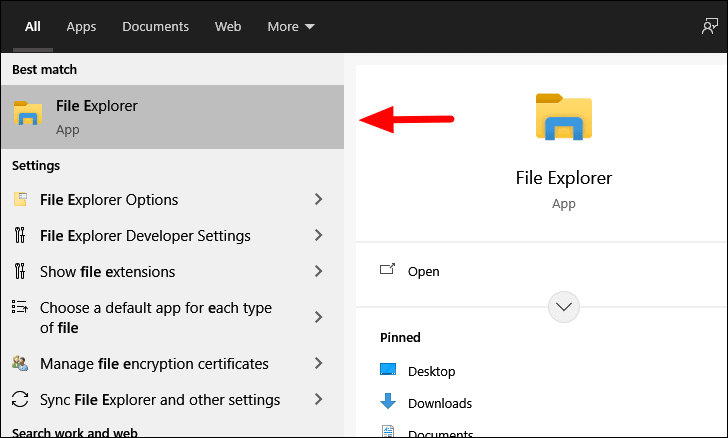
In the “File Explorer” window, enter the following address in the “Address bar” at the top for the 64-bit version of Windows.
C:WindowsSysWOW64For the 32-bit version, enter the following address.
C:WindowsSystem32After entering the address, press ENTER.
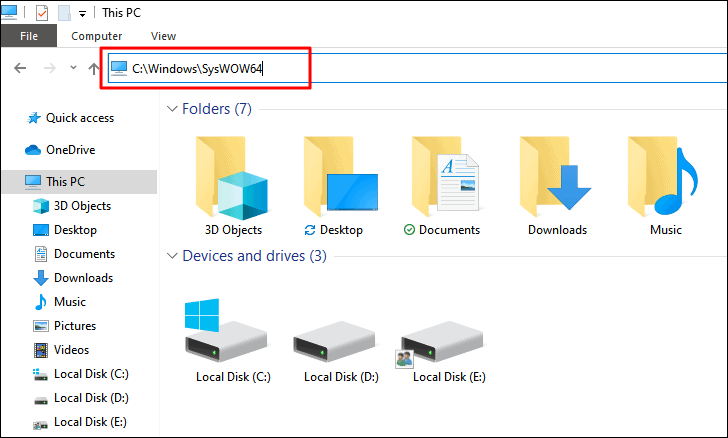
Now enter “ctfmon.exe” in the search box in the upper right corner and click on the arrow next to it or press ENTER.
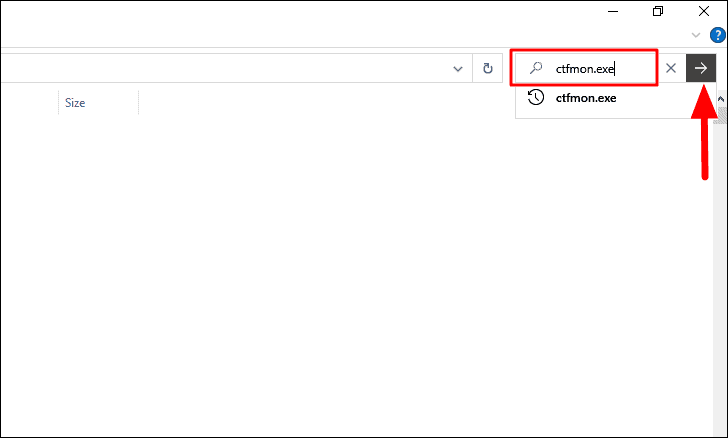
Now right click on the executable file and select “Delete” from the context menu. You can also select the file and just press DEL to delete the file. If a pop-up window appears, select the appropriate option.
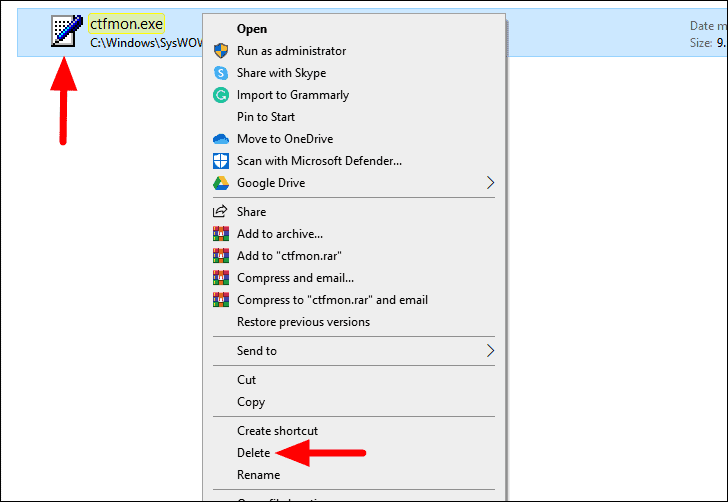
After deleting the executable files, restart the computer and check if the error is fixed. If the error persists, proceed to the next fix.
5. Uninstall Windows updates
If you started to encounter the error after updating Windows, it is time to go back to the old version. Often newer versions of Windows can conflict with the ‘CTF Loader’. In such cases, it is recommended to revert to the previous version until a newer version is released with the bugs fixed.
To uninstall Windows updates, tap WINDOWS + I to launch the system “Settings” and click “Update & Security” from the list of options.
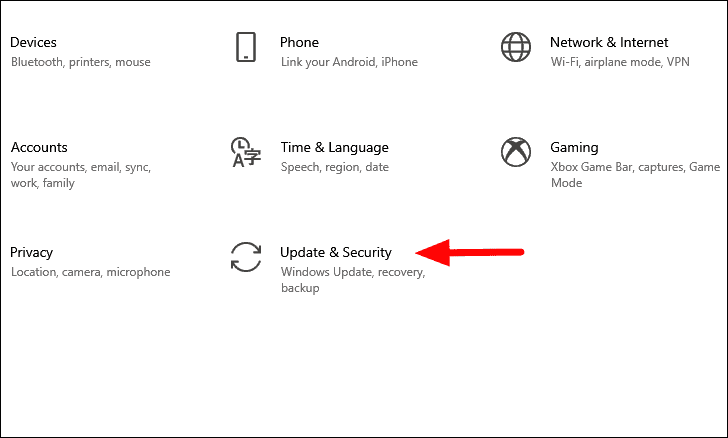
In the “Windows Update” tab which launches by default, click on the “Show update history” option on the right.
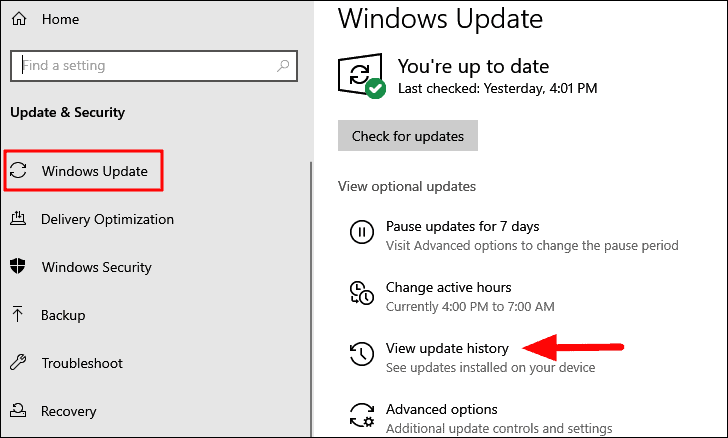
Next, click on the “Uninstall updates” option at the top of the “View update history” window.
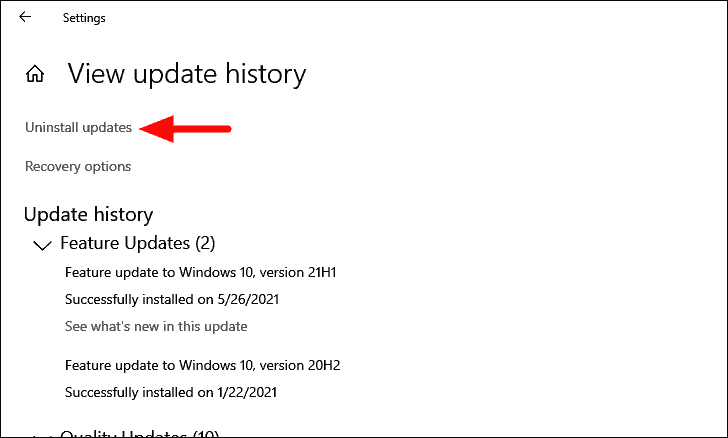
Finally, select the update you want to remove and click on the “Uninstall” option at the top. To help you identify the recently installed update, the installation date is listed for each update.
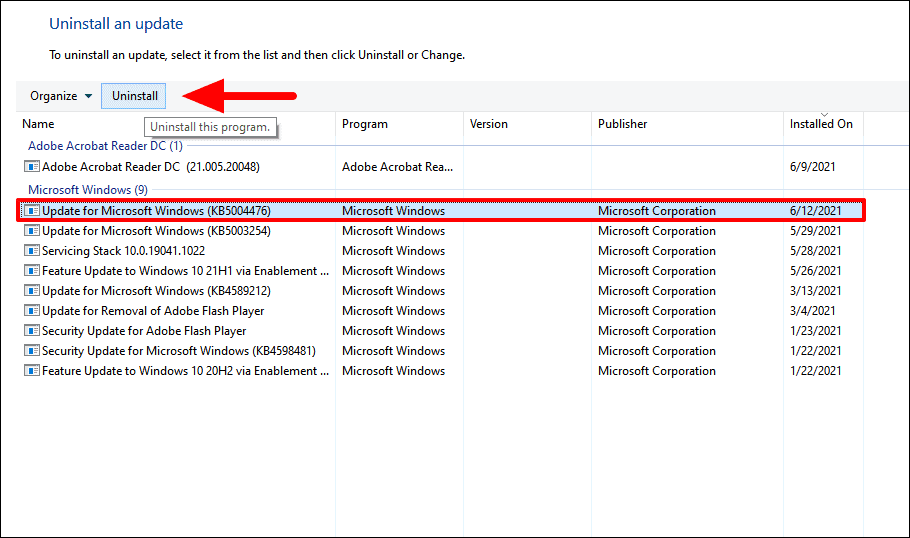
After canceling the update, the error “CTF Loader” will be fixed.
Once the “CTF Loader” error has been corrected, you can resume working on the system without worrying about the error. Also, remember to follow the fixes in the order they are listed for quick and efficient resolution.